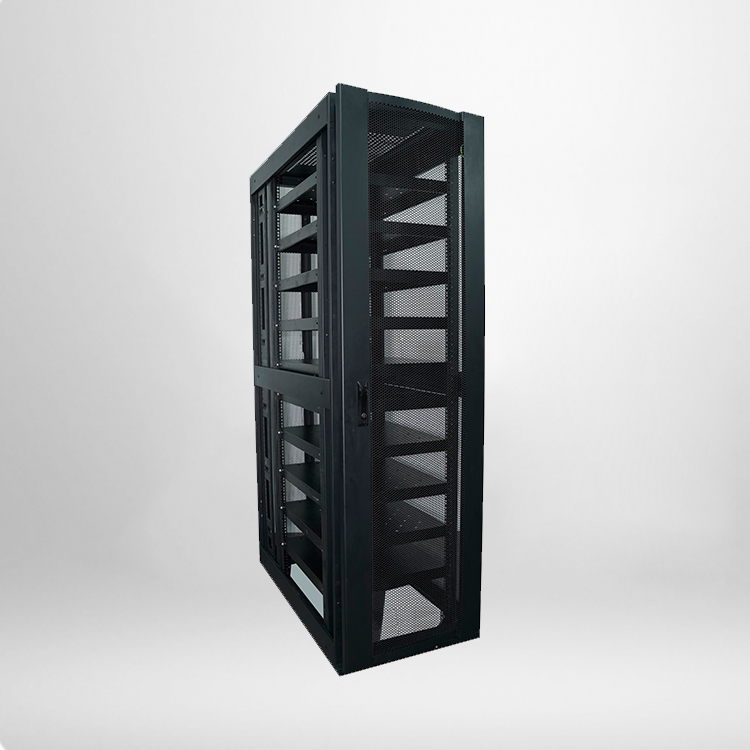
Server cabinets have evolved beyond basic enclosures, integrating advanced technologies to meet the demands of modern computing. Their design now focuses on optimizing cooling efficiency, streamlining cable management, and maximizing space utilization—key factors in maintaining high – performance IT systems.
Advanced Cooling Technologies
Effective heat dissipation is critical for server reliability, and modern cabinets employ diverse cooling methods. Controlled airflow systems use strategically placed vents and baffles to direct cool air to hot components. Some cabinets feature variable – speed fans that adjust based on temperature sensors, reducing energy use while maintaining optimal conditions.
Liquid cooling integration is becoming more common in high – density setups. Cabinets with built – in liquid loops or mounting points for cold plates can handle the intense heat generated by powerful servers, offering better thermal performance than traditional air cooling. This is particularly useful in data centers where space is limited and heat output is high.
Thermal insulation is another innovation. Cabinets designed for extreme environments use insulated panels to stabilize internal temperatures, preventing external heat or cold from affecting equipment. This is valuable in facilities without consistent climate control, such as remote offices or industrial sites.
Cable Management Innovations
As IT systems grow more complex, managing the tangle of power and data cables has become a priority. Modular cable trays allow for flexible routing, with snap – in guides that keep cables organized and accessible. These trays can be adjusted as equipment is added or removed, reducing the need for extensive rewiring.
Vertical cable managers, mounted on the sides or rear of cabinets, separate power and data lines to minimize interference. They often include labeled ports and color – coding systems, making it easy to trace connections during maintenance. This organization also improves airflow by preventing cables from blocking vents.
Cable entry points are now designed with grommets or brush strips that seal gaps, preventing dust ingress while allowing cables to pass through. This balances accessibility with protection, keeping internal components clean and reducing the risk of overheating.
Space Optimization Strategies
Maximizing storage capacity without sacrificing functionality is a key focus. Dense mounting solutions use adjustable rails that can accommodate multiple small – form – factor devices in the same vertical space. This is ideal for edge computing setups where equipment must fit in compact areas.
Dual – sided cabinets, though less common, double storage by allowing equipment to be mounted on both sides of a central frame. They require careful planning for airflow and access but are useful in data centers with strict space constraints.
Mobile cabinets with locking casters offer flexibility, enabling equipment to be repositioned for maintenance or to adapt to changing layouts. These are popular in offices or labs where IT setups need to evolve with workflow changes.
Material Science and Durability
Advancements in materials have improved cabinet longevity and performance. High – grade steel alloys with enhanced strength – to – weight ratios reduce cabinet mass while increasing load capacity, making installation and reconfiguration easier. These alloys also resist corrosion, extending lifespan in humid or industrial environments.
Composite materials, such as fiberglass – reinforced plastics, are used in specialized cabinets. They offer electrical insulation and resistance to chemicals, making them suitable for medical facilities or laboratories where equipment must meet strict safety standards.
Surface treatments, like powder coating, provide a durable finish that resists scratches and fading. This maintains the cabinet’s appearance and protective properties over time, even with frequent use.


